Each black and white image in Petrocchi’s latest book, Sculptural Entities, strips objects of their original contexts, creating new visual dialogues between ancient and contemporary forms
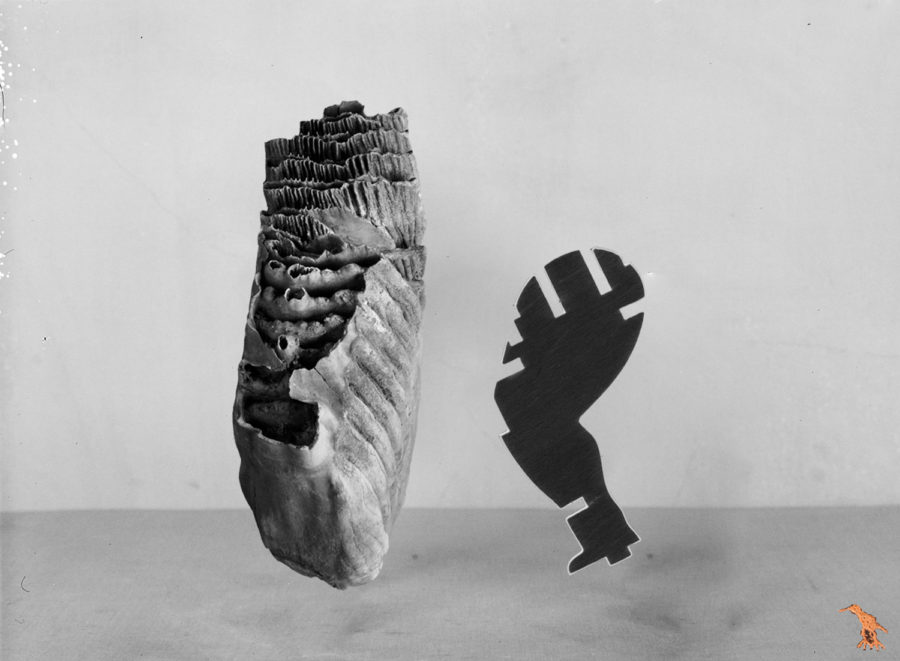

Each black and white image in Petrocchi’s latest book, Sculptural Entities, strips objects of their original contexts, creating new visual dialogues between ancient and contemporary forms
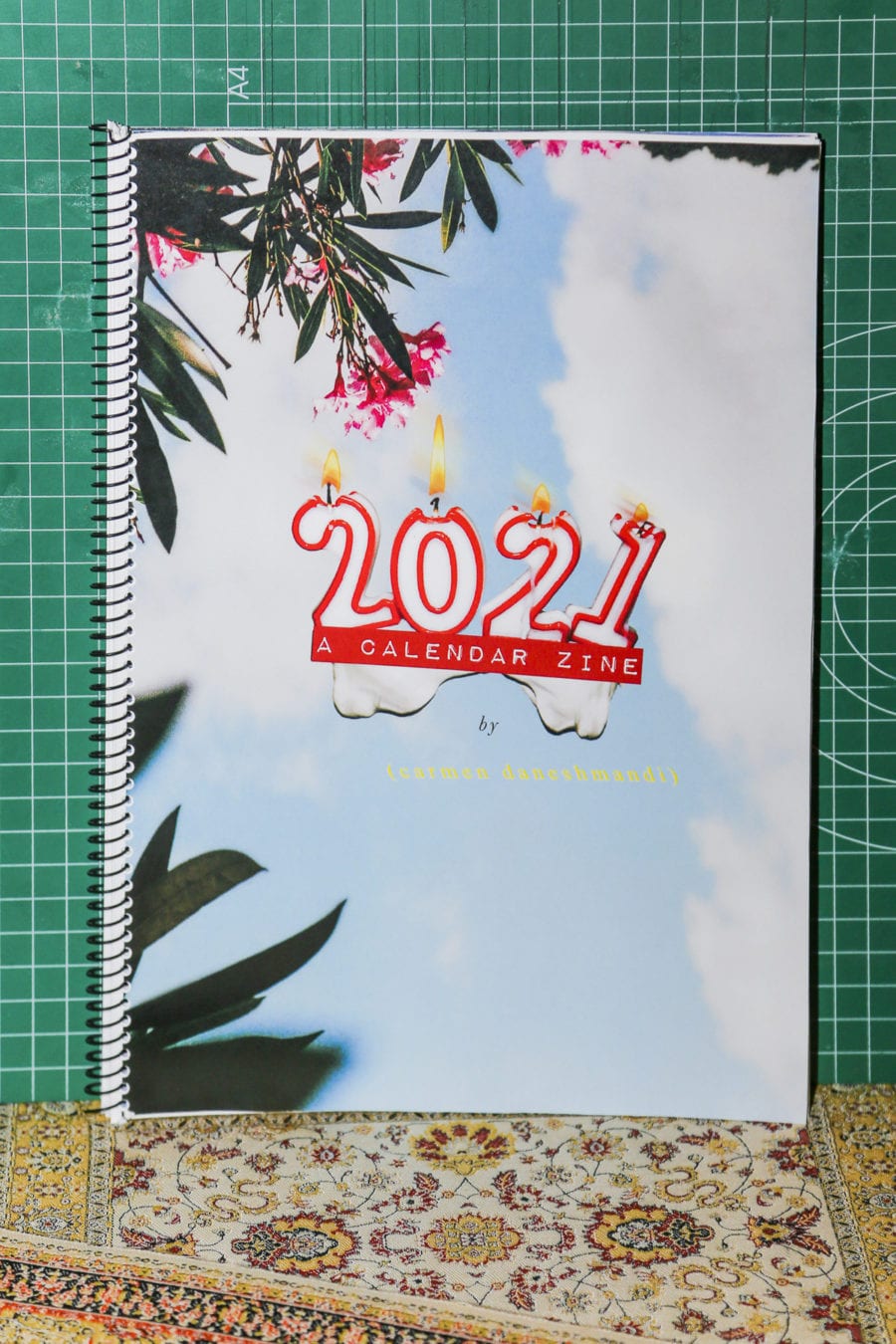
To coincide with the launch of Female in Focus 2021, Daneshmandi discusses her latest multimedia project, presented in the format of a dynamic spiral-bound calendar
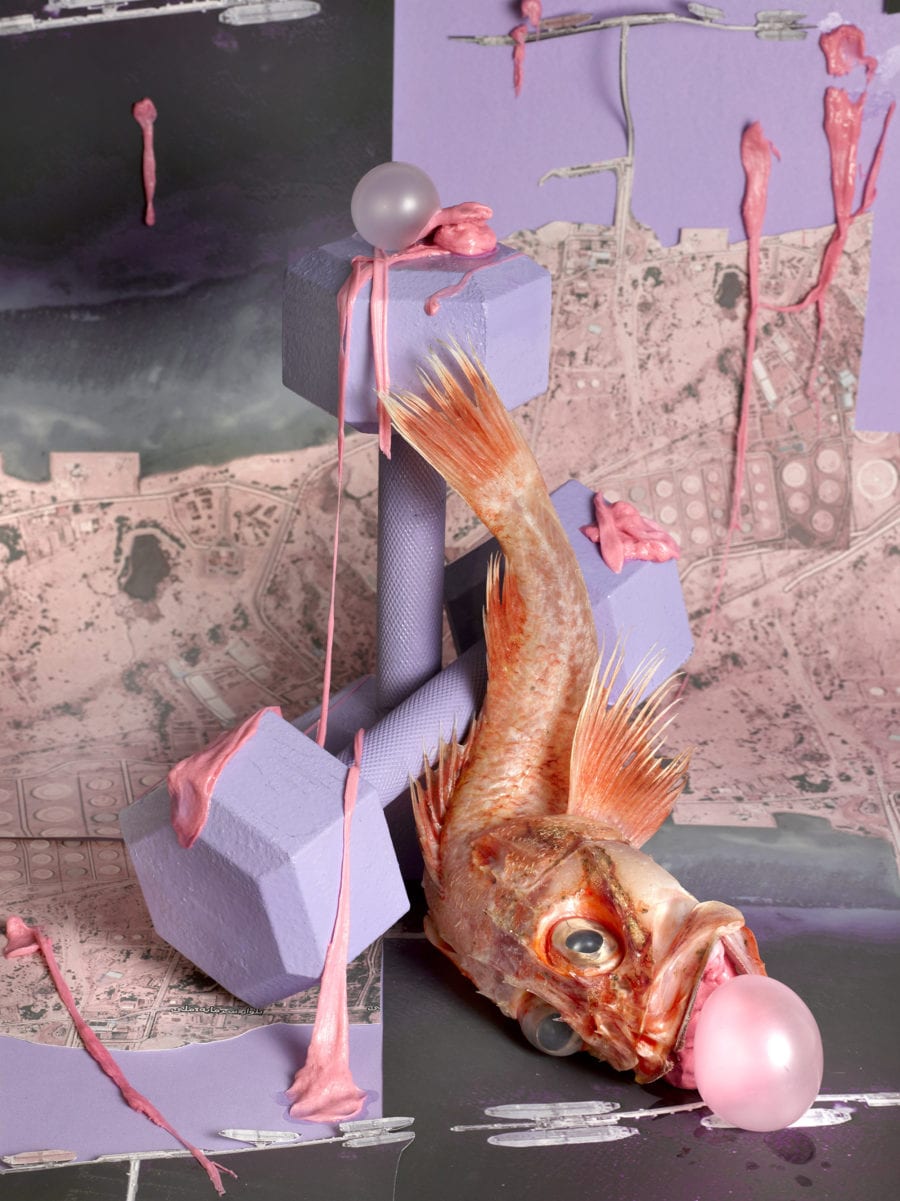
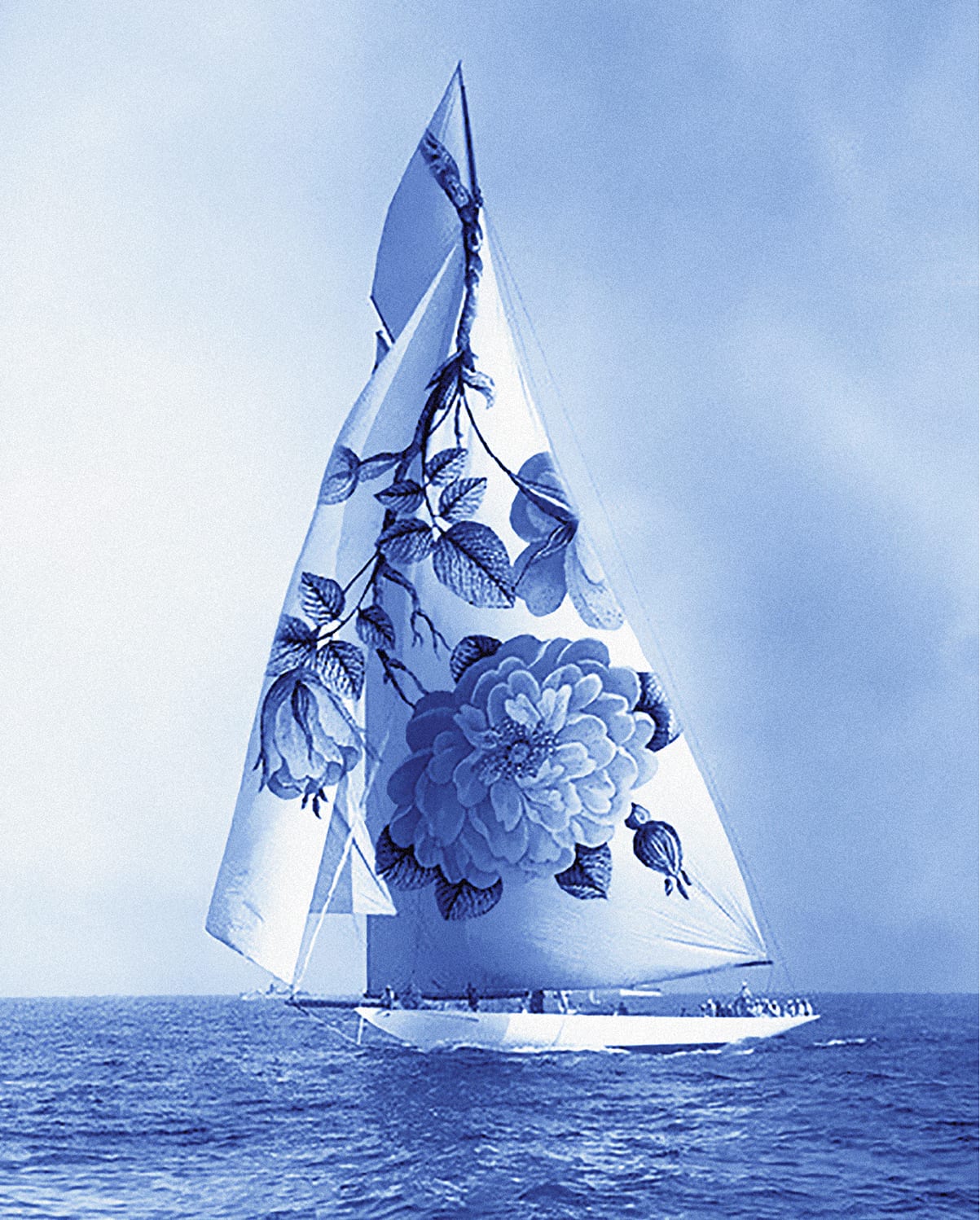
Blending painting, collage, and photography, the Iranian artist’s compositions respond to her homeland; her experience of leaving, and the realities of those forced to flee their homes
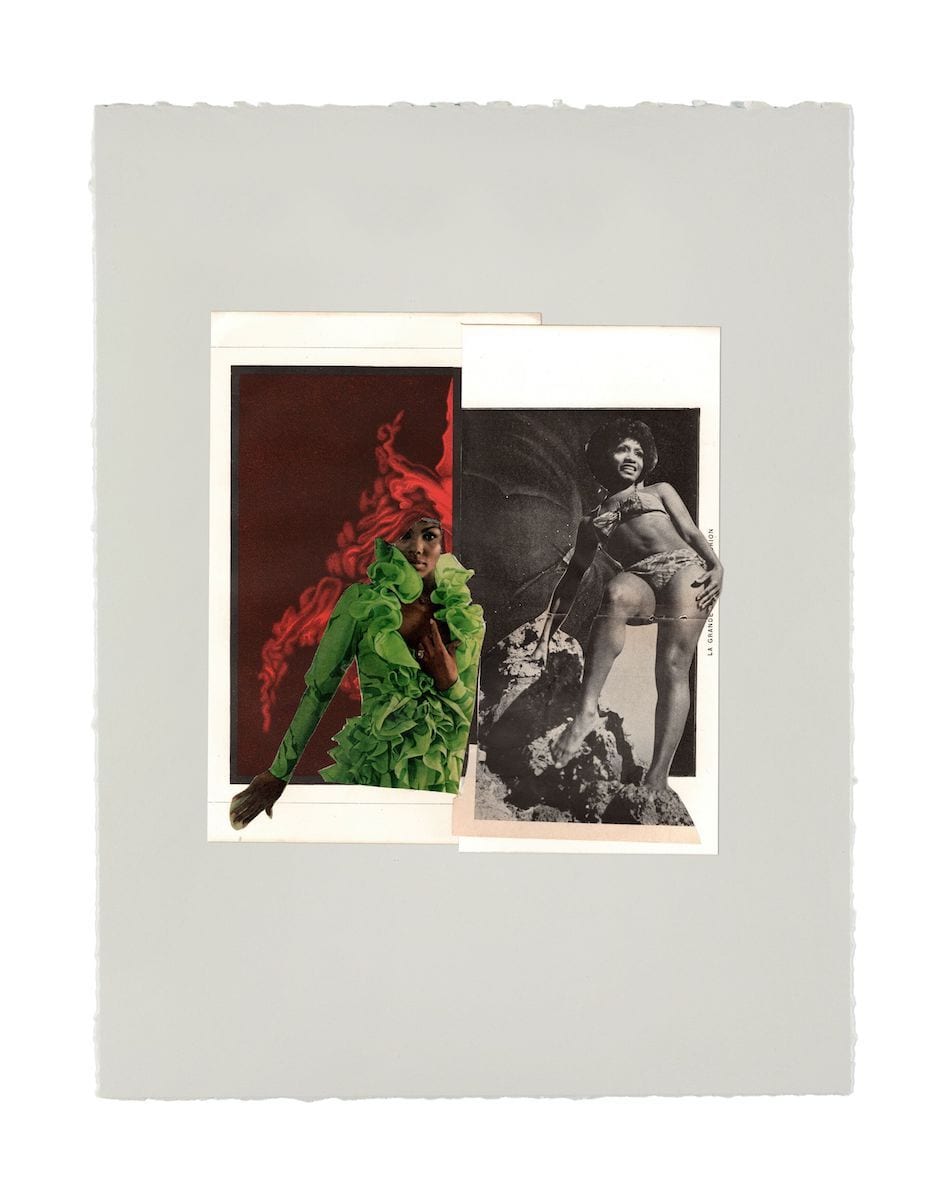
Simpson’s most recent series explores perceptions of the body through collages that are both playful and uncanny
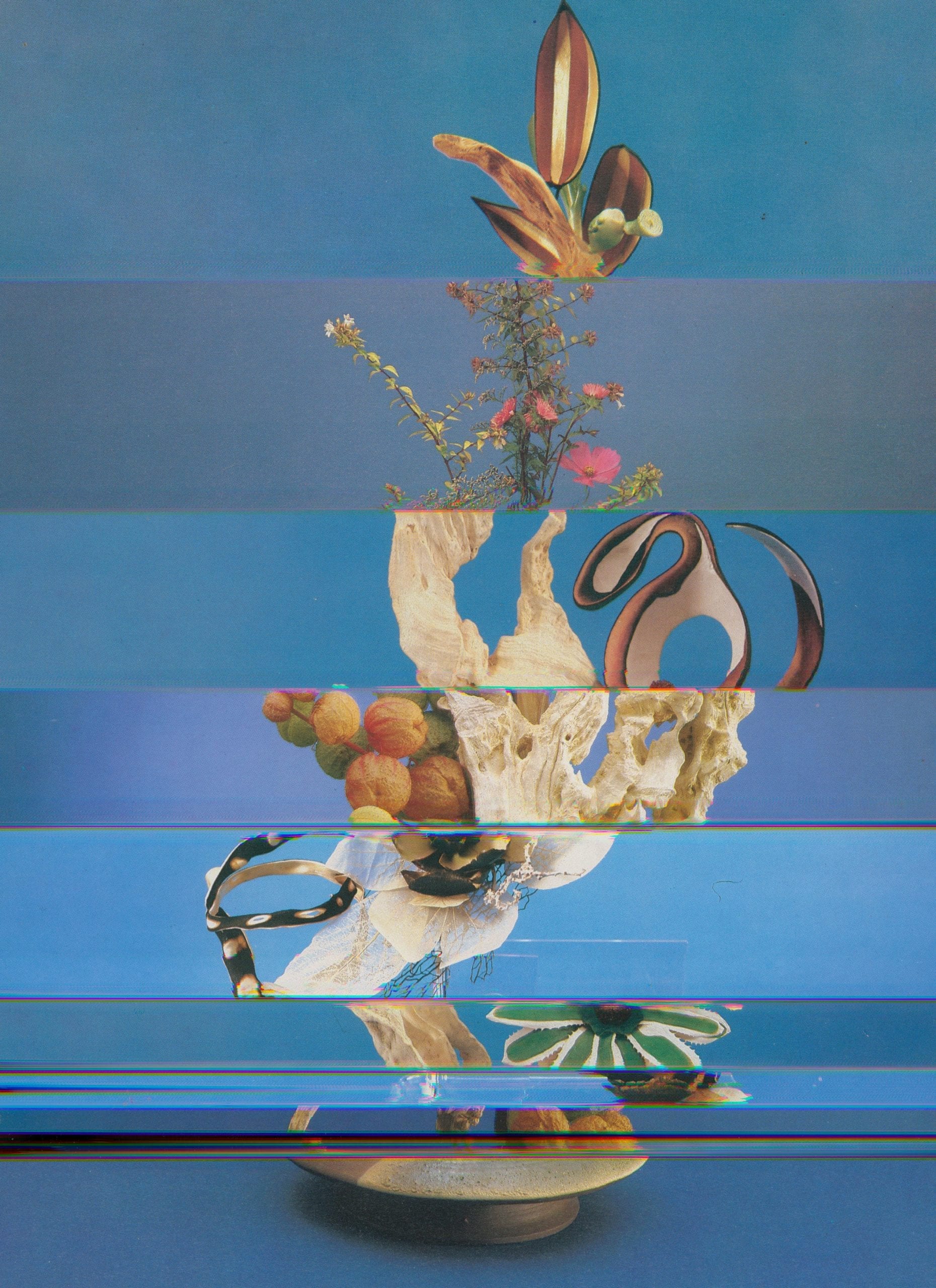
Created in lockdown at a secluded farm outside of Cape Town, South Africa, Krijno’s dreamlike collages offer windows onto fantastical worlds — far away from the current crisis unfolding in our own
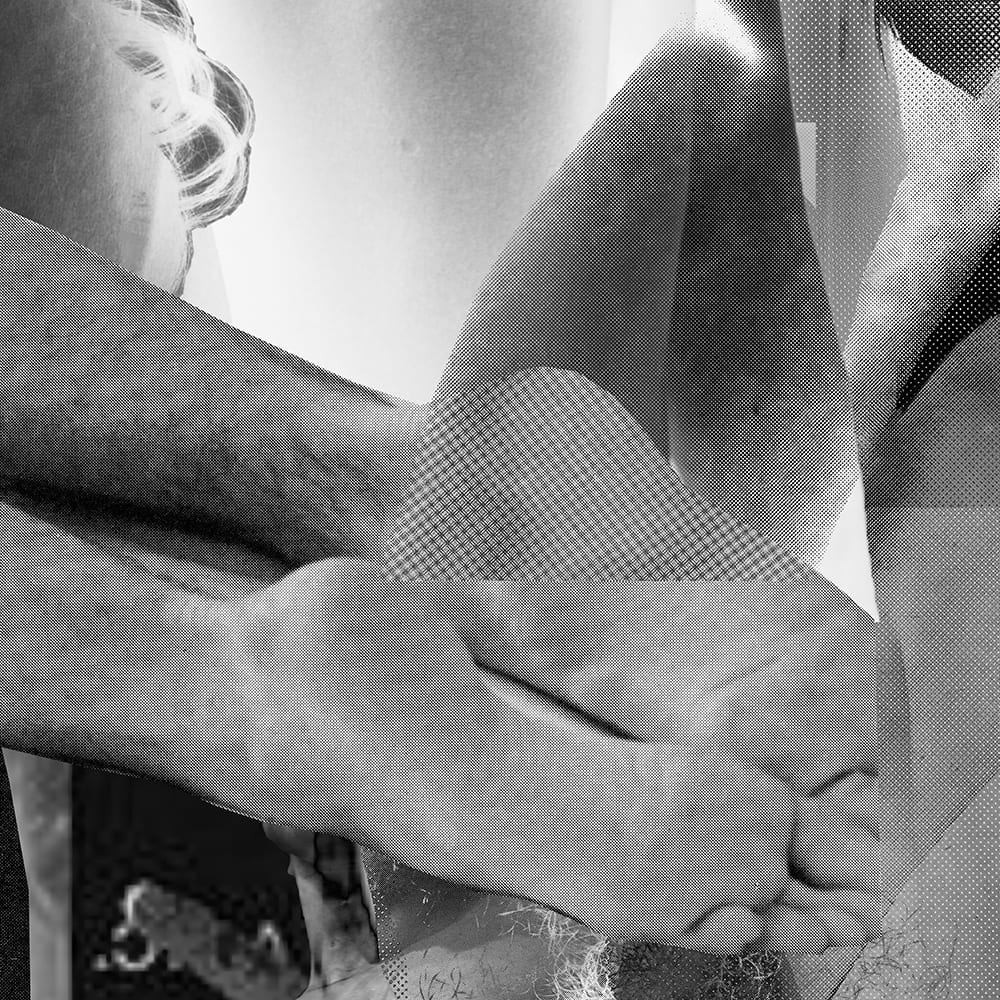
Influenced by the ideas of Donna Haraway, Hosokura’s latest publication breaks down the rigid binaries and definitions that give shape to our conception of what it means to be human
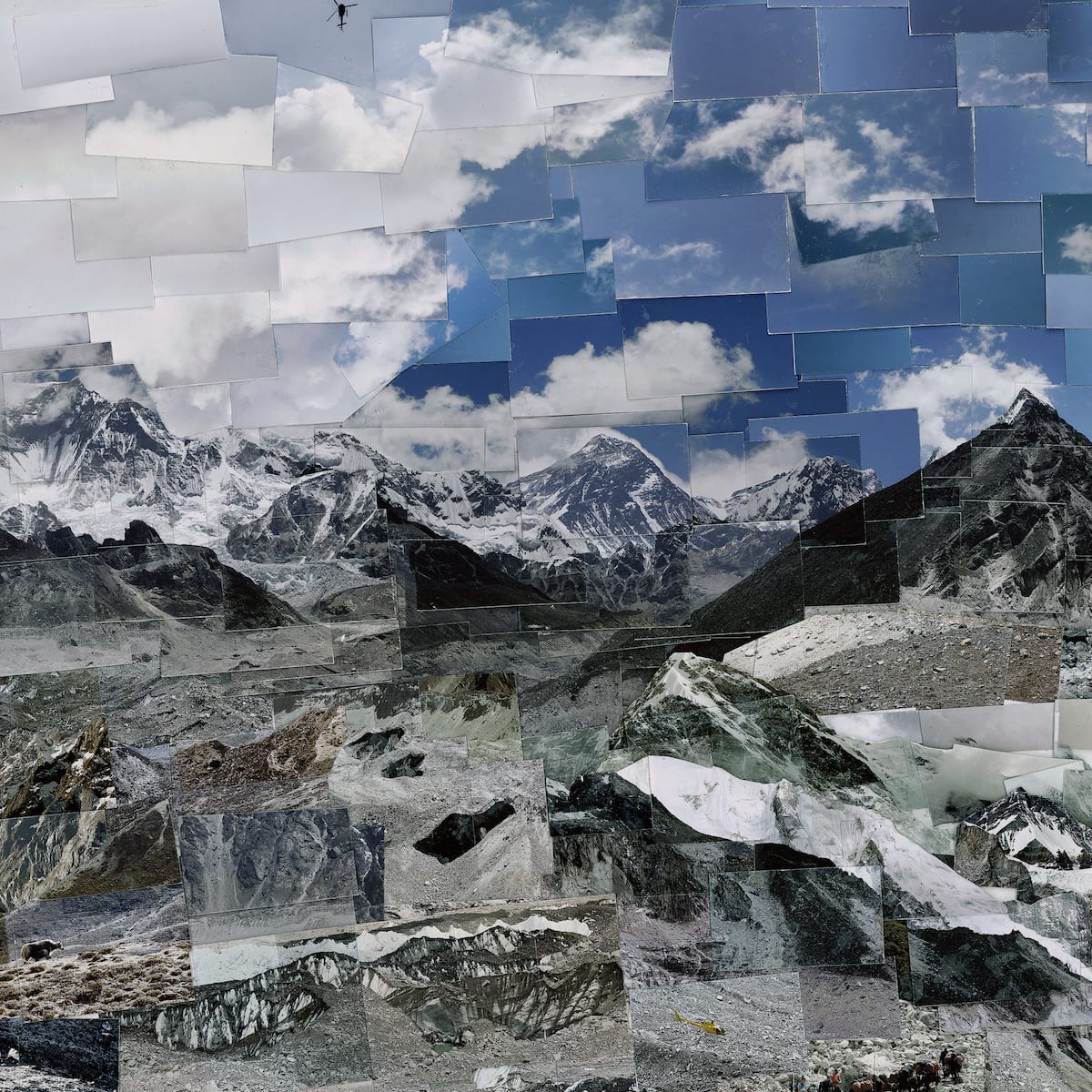
“I see my work as a kind of tapestry, which is woven by thousands of threads to create one image”